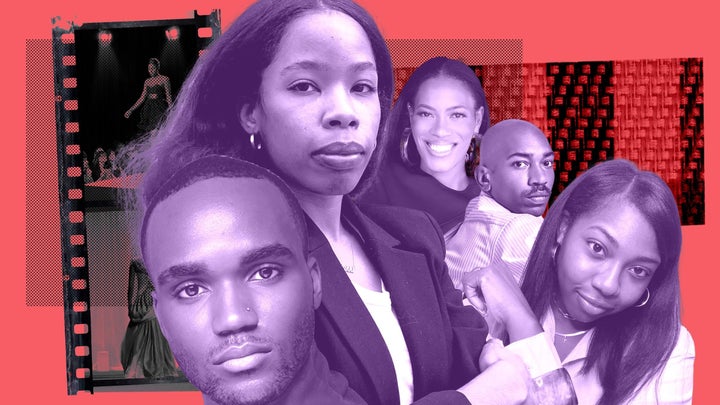
New York Fashion Week’s fall-winter shows aptly coincide with Black History Month. Blackness is intrinsic to the foundation of style and fashion as we know it today, despite the industry’s reluctant on-again, off-again love affair with Black creatives.
As the first day of New York Fashion Week commences on Friday, a spotlight shines on the designers and models who have worked their way to the coveted runway. But little attention is paid to the people who work to preserve their looks.
Black fashion archivists, historians and others have used their knowledge and built platforms to ensure that during the offseason, the work of Black designers is not merely relegated to a trend, but rather heralded in the broader fashion canon.
HuffPost spoke to five Black fashion professionals — ranging from consultants to archivists — who have made it their mission to preserve Black fashion history.
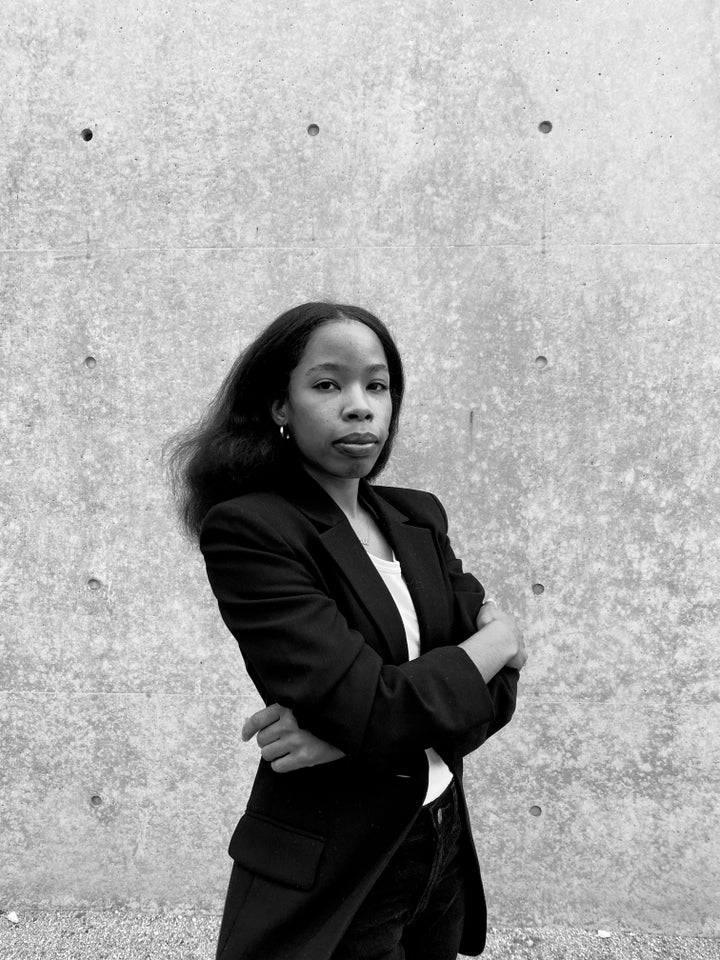
Rikki Byrd
Writer, educator and curator Rikki Byrd is the creator of Black Fashion Archive, a platform that documents fashion and style across the Black diaspora. Hailing from St. Louis, Byrd is currently a Ph.D. candidate at Northwestern University and received her master’s degree from Parsons.
The matriarchs in Byrd’s family — her grandmother, who was a quilter, and mother, who is a fashion designer in St. Louis — fostered her love of fashion. Although she didn’t have nimble fingers, Byrd had a passion for writing.
During her senior year at the University of Missouri in 2013, Byrd’s thesis for her Black studies class explored when Black women began to appear on the cover of mainstream fashion publications and the sociopolitical context that contributed to those moments. This became a catalyst for her master’s work at Parsons where, following the police killing of Michael Brown, Byrd documented how the fashion industry was responding to the Black freedom struggle.
“Black Fashion Archive on Instagram basically became this repository of like, all of these things that I was finding, as I was doing research that was unrelated to the project that I’m working on at the current moment,” Byrd said. “But what I have noticed from 2013 to the present is there are so many people now who are interested in this conversation, there’s so many people interested in exploding and dismantling the way that the canon of fashion history has been written.”
With nearly 4,000 followers on Instagram, Byrd has snapshots of everyday Black life and some of the greatest cultural artifacts: Patrick Kelly in his classic overalls, LL Cool J performing in Dapper Dan, issues of Essence magazine and Ebony from the ’60s and ’70s. By establishing a repository that is both visual and substantive, Byrd hopes to offer a means for people to discover Black fashion history for themselves.
According to Byrd, “contextualizing these moments that get quite oversaturated in popular media” gives her a sense of purpose.
“I feel very grateful to be a part of a cohort of people so committed to ensuring that our stories are told in this industry. There’s just something really gratifying about that, to not be the only one doing it and to know that there are multiple ways to do it,” Byrd said.
“I know the industry is never going to get it right,” she added. “I just want to pay attention to what Black people are doing, how Black people are making sense of all of this, and how Black people are responding. They’re going to produce their creativity and put it out into the world, in hopes that they find community among each other.”
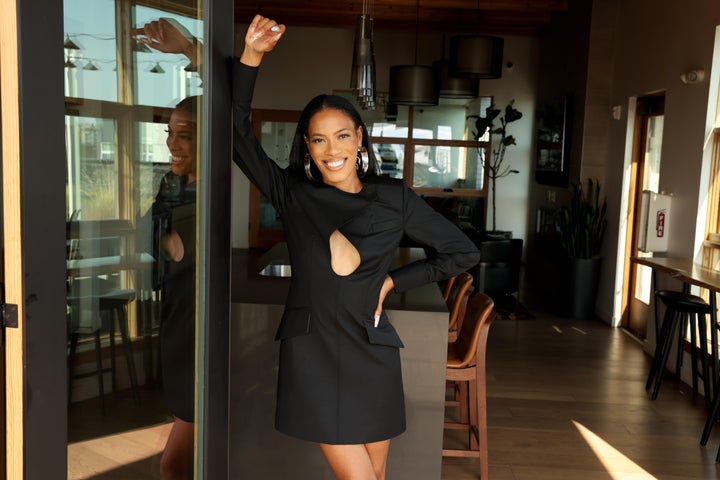
Shelby Ivey Christie
Born in New York and raised in North Carolina, Shelby Ivey Christie is a costume and fashion historian and the brain behind @Bronze_Bombshel on social media platforms. With a bachelor’s degree in race, class and culture from North Carolina A&T State University, she has built a platform with over 47,000 Twitter followers chronicling the legacy of Blackness in fashion — all while pursuing her master’s degree in costume studies at New York University.
Christie attributes her earliest fashion memories to her paternal grandmother, her experiences working in Black beauty salons, and to reading what she describes as “early style Bibles in Black households” like Essence magazine. Moreover, Christie attributes her love of costume design to the stories she watched onscreen.
“One of the first movies that I fell in love with and knew that I started to have an awareness of costume and the impact of fashion on storytelling was ‘Marie Antoinette,’ the 2006 version with Kirsten Dunst,” said Christie.
“My first job was actually in a hair salon [working for] my hair stylist as a kid. But hanging around a hair salon, a place where Black women go for beauty and talk about grown woman stuff, you see a lot of different styles. You see how women come in dressed, especially in Southern beauty salons.”
Sharing fashion history content on @Bronze_Bombshel wasn’t a conscious decision for Christie; it was spurred by her departure from Vogue in 2017 and her new role in the luxury division at L’Oreal. This relieved Christie of conflicts of interest that stem from critiquing large fashion brands and institutions — but also allowed her to consolidate all of her opinions and perspectives into one place.
“The desire and the importance of doing that storytelling always existed in my life,” Christie said. “Those same rants that I used to have with co-workers or friends took to my Instagram stories and my tweets, then people were like, ‘Oh, my gosh, we love this. How do you know this? Keep going!’ It was kind of a group effort of people wanting the content and people cheering me on.”
That love for storytelling translates into how she runs her platform. As a master’s student, Christie understands how complex academic texts can foster intimidation and exclusion. She ensures her platform is accessible to all, most importantly the marginalized groups that have defined style moments. Christie notes that her overall mission is to always champion Black contributions and remain nuanced.
“We’re not a monolith. I apply that to my exploration of style as a Black Southern woman. Miami girls have a different style than ATL girls. L.A. girls have a different swag than Brooklyn girls, who have a different swag from Harlem girls,” said Christie. “A lot of the Black populations in New York are Southerners one or two generations removed, because of the Great Migration, and a lot of them are Caribbean. What is the impact that they’re having on the style? I think regionality is important and nuance is important for attribution’s sake, but I want people to feel seen in my storytelling.”
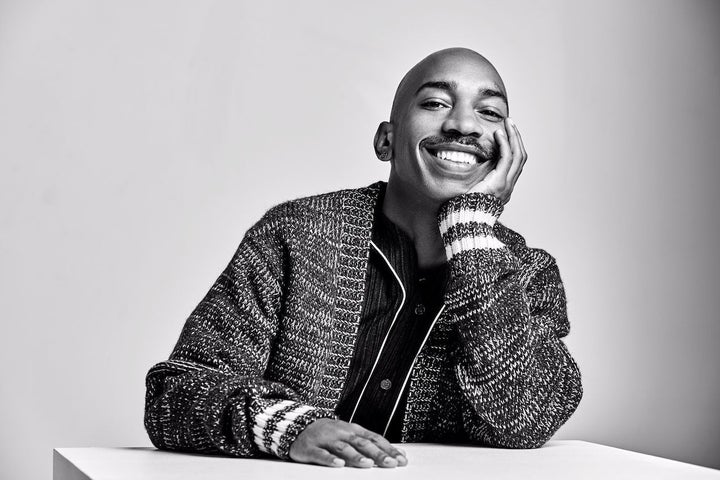
Antoine Gregory
Antoine Gregory is a New York City-based stylist, fashion consultant, brand director at Theophilio, and now the founder and editor-in-chief at Black Fashion Fair. Popularly known as @bibbygregory online with over 28,000 Twitter followers, he is a graduate of New York’s Fashion Institute of Technology and has a background in fashion and art history. Gregory has been a go-to source on Black fashion both online and off: He’s hosted formal screenings and conversations regarding the significance of Black costume designers in film, moderated Clubhouse sessions about the politics of image-making and magazine covers, and more.
His fashion acumen comes from extensive experience in the industry and working in what he describes as “high levels of visibility” — but Gregory says he rarely saw other colleagues who looked like him: Not only was he often one of few Black individuals, but frequently, he was the only Black man.
That served as a catalyst for the creation of Black Fashion Fair, which describes itself as “a platform dedicated to uplifting Black designers through commerce and education and Blackness in fashion through photography, editorial, and film.”
“It started as a Twitter thread where I would highlight Black designers [but I would] wait to buy them and their collections. Over time, I’d notice that I would go back to the thread and you can’t click a brand’s website anymore because they’re no longer in business,” Gregory said.
“It’s amazing to give Black designers visibility, but that’s not enough. That’s why we do have a retail component,” he explained. “I couldn’t just Google ‘Black fashion editorial’ because those things didn’t exist in a way that they were easily discoverable and searchable. Through Black Fashion Fair, I want to make that easier for anybody; anyone that is interested in Black fashion, style and culture and our contributions to fashion.”
Gregory said that historically, museums did not collect and archive the work of Black designers; he noted that Louis K. Alexander-Lane’s Black Fashion Museum and Eunice King’s Ebony Fashion Fair event were Black-founded institutions that no longer exist today. Rather than relying on museums to place Black designers in exhibits at the last minute or waiting for the fashion industry as a whole to react to social injustice, Black Fashion Fair is creating an oral, digital and physical history of the contributions of Black creatives in fashion.
“Volume 0: SEEN,” released on Feb. 7 and already sold out, is Black Fashion Fair’s debut publication, with over 200 pages highlighting Black fashion’s past, present and future. Its three different covers feature Aleya Ali in Pyer Moss documented by AB+DM; Joan Smalls in custom Theophilio documented by Quil Lemons; and Maria Borges in Sergio Hudson documented by AB+DM.
“What I’ve done here with Black Fashion Fair is to make a point of highlighting Black fashion as it exists today and how it has always existed, but also make space for us to exist how we want to exist and not having to fit into spaces that have traditionally not paid us any attention or valued the artistic genius that was coming out of Black people,” Gregory said. “I’m doing something for the younger me and for the next generation. We’ve become that resource that we didn’t necessarily have.”
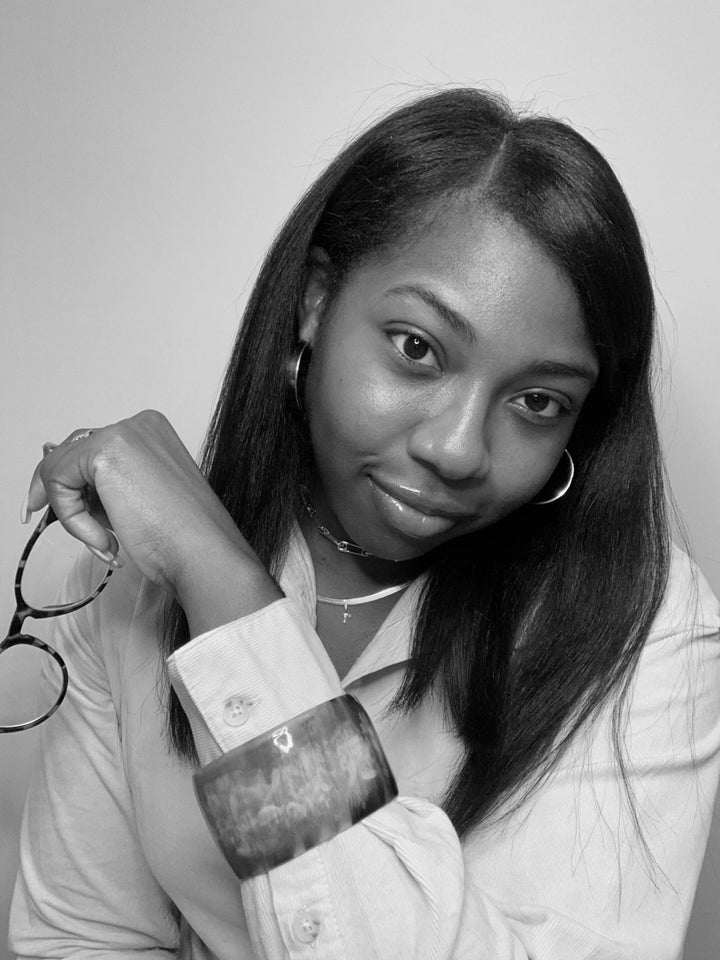
Tianni Graham is a fashion historian, full-time archivist at Thom Browne, and the founder and creator of Archive Alive, a social media page that provides context on “rare archival content.” Graham attended LIM College and earned a bachelor’s of business administration in fashion merchandising. Growing up, she always knew she wanted to be in fashion in some capacity, aspiring to become the next great illustrator like Antonio Lopez or a fashion journalist.
However, Graham’s interests in art, music, popular culture and style led her to archival work. Upon seeing an ad for a library assistant at her college, she submitted her resume and began doing the work. After graduating in May 2018, she took her love for knowledge from the library to the internet.
“I finished the internship [at the Met Costume Institute Library] and I thought that I would have a job working in fashion museum collections, but it didn’t turn out that way. I just relied on my degree and worked as a merchandise operations assistant, and it was very mundane,” Graham said. “I needed an outlet, and after work, I would go to the library, just sift through books … and started digitizing all the cool stuff I saw. It was just finding the coolest pictures I could find but I definitely wanted to make sure I found Black people in high fashion.”
Graham examines everything from the resurgence of Y2K and nostalgia fever to the parallels between the mid-to-late ’90s and the mid-to-late ’60s. Her goal with Archive Alive is to dispel the notion that Black people are monolithic — and to point to the circular nature of history. She seeks to paint a vivid picture of the sociopolitical context of various eras and their intersection with fashion utilizing primary sources, such as news clippings and magazine covers.
Graham has created a conduit to democratize fashion history through social media, but has also taken on the task of restoring hard-copy versions of cultural touchstones, from Jet Magazine to YSB, which was the first national lifestyle magazine for Black youth. As an archivist, Graham said she feels it’s her duty to expose and advocate for Black fashion history, as well as for archivists. Her next project? An oral history podcast.
“As a professional archivist working for an institution or company, you are always having to prove why you need funding, why you are important. Archives cost a lot of money,” said Graham. “You have to get people to look at the future — and not just next year, but five or 10 years in advance. You are looking to preserve something for as long as it can possibly live. We are the ones who are the keepers of information, so come to the source.”
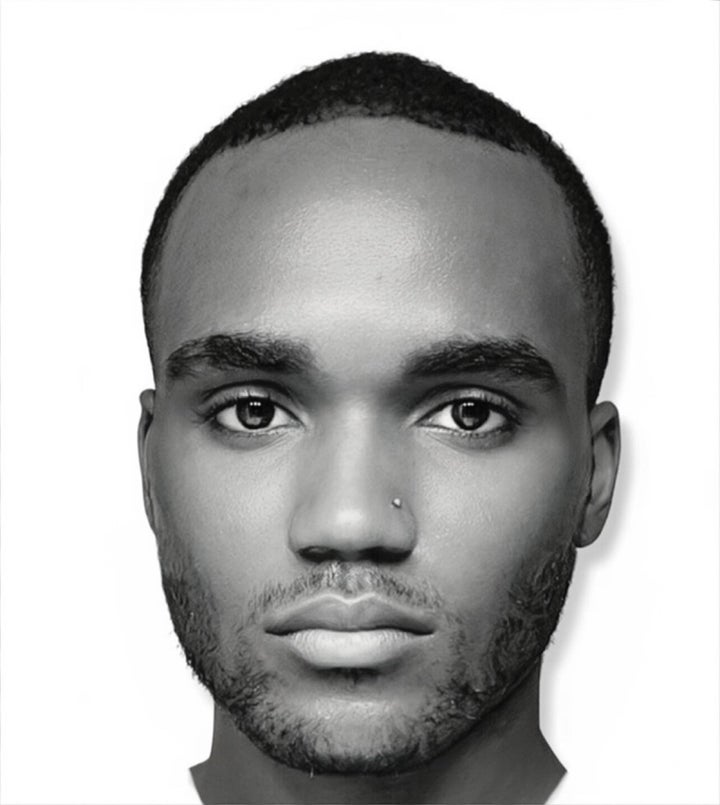
Nygel Simons
Panamanian American Nygel Simons is a fashion stylist, archivist and personal shopper at Saks Fifth Avenue. Curating everything from music playlists to art has always been the Miami native’s passion. However, it wasn’t until March 2018 that Simons began his page on Polyvore, “a community-powered social commerce website” through which users could create various outfits from an endless closet, replete with designer items.
Simons witnessed how Rihanna’s team discovered creative director and stylist Farren Jean Andrèa (also known as Fucci) via the looks Andrèa created on Polyvore, so he had an inkling that social media could take him somewhere. Unfortunately, the fashion company SSENSE purchased Polyvore from Yahoo in April 2018, which prompted Simons to move over to Twitter where he’s known as @NYGELSARTORIAL.
Drawing from his style influences and inspirations such as Cassie and Rihanna or award-winning stylists such as Misa Hylton, June Ambrose and Law Roach, Simons’ platform has amassed over 25,000 followers on Twitter.
“That started picking up and I caught the attention of Bri Malandro, a pop culture archivist from Tumblr, and she had retweeted one of my outfits. Then, [journalist] Wanna Thompson had followed me. They both started supporting me, and things really picked up from there,” said Simons. “When I like something, when I’m interested in something, I like to do a deep dive and look into the background, whether it be an artist, a clothing line or a musician. Looking into things is something I do by nature.”
Simons seeks to highlight Black trends and “urban culture within the fashion space” in the hope that followers understand the significance and influence that Black people have in the fashion world. His page sheds a spotlight on Black beauty and Black icons wearing luxury fashion, such as Mary J. Blige in Mugler Trademark or Whitney Houston in Alexander McQueen, because he “often [feels] like we’re shunned in those spaces.”
“I understand the important work that I’m doing in the sense of preserving this Black history in the fashion space and making sure that these moments aren’t forgotten,” Simons said. “I feel as though it’s important because depending on where you live or the amount of access to certain imagery that you have, based on a factor of things, my page can be a significant change agent in someone’s viewpoint of themselves.”
https://ift.tt/Bqw1G0E
Fashion
Bagikan Berita Ini














0 Response to "Meet The People Behind The Accounts Preserving Black Fashion History - HuffPost"
Post a Comment